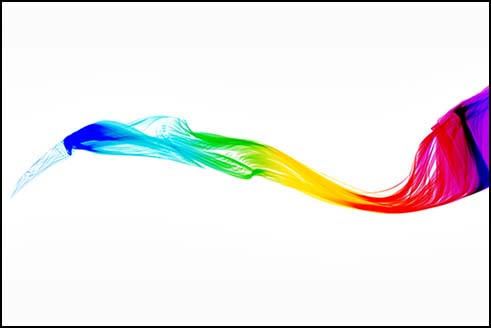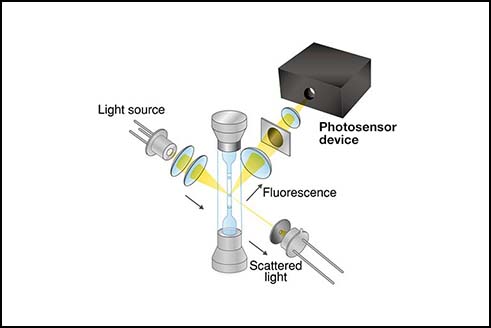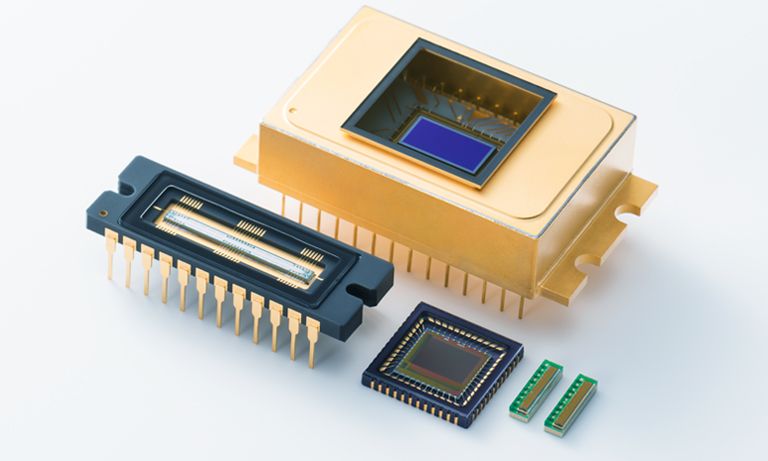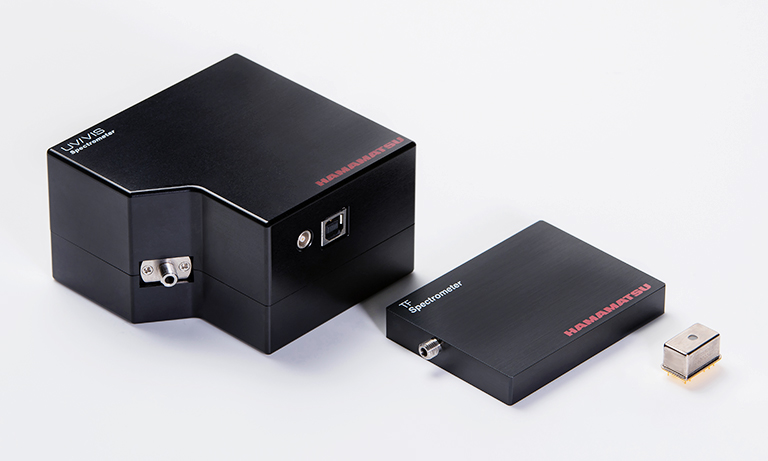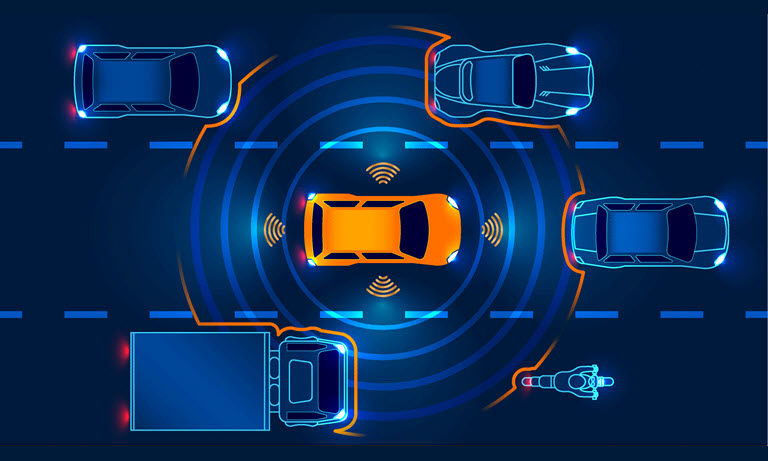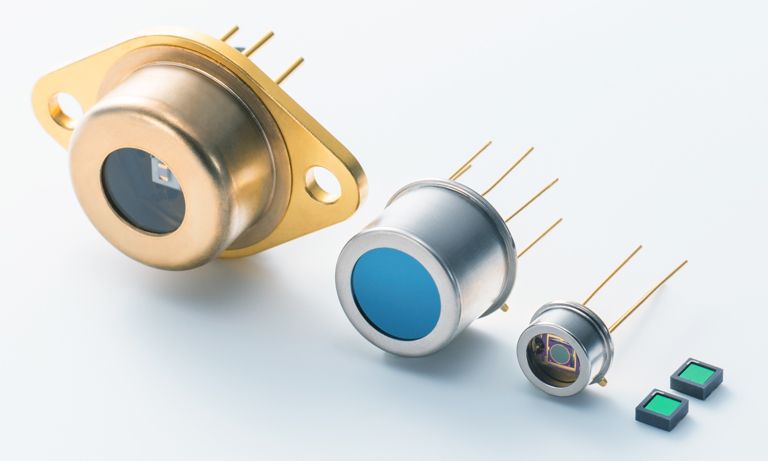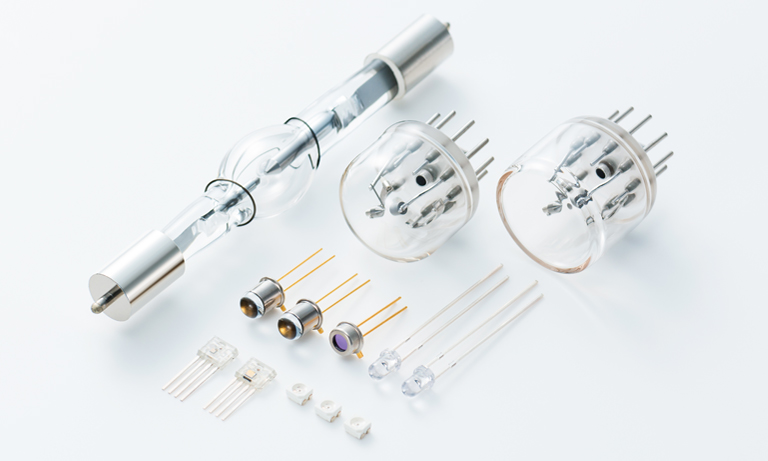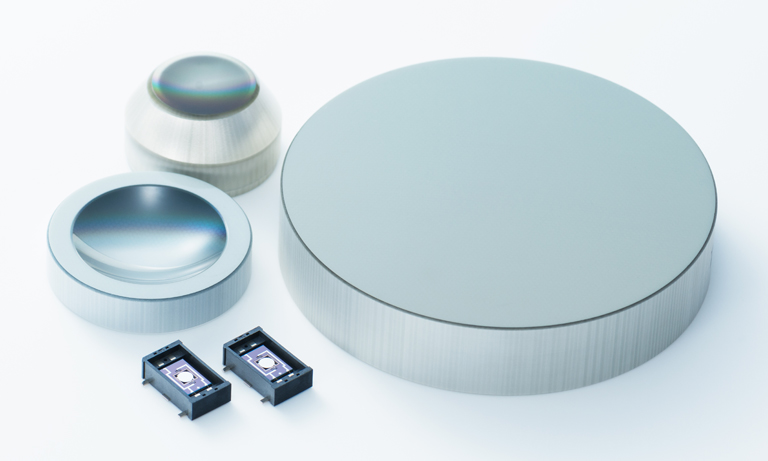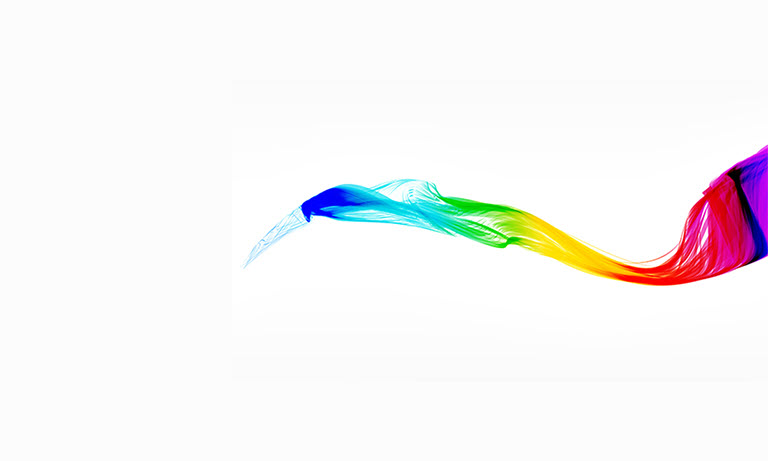Application notes
Technical notes
Ask an engineer
Publications
United States (EN)
Select your region or country.
Quantum Technologies and Sensing Questions & Answers
What is quantum technology? What is the role of photonics in quantum technology?
Quantum technology is an emerging field that aims to manipulate quantum phenomena, such as superposition and entanglement, to engineer systems that harness and exploit these laws to process and secure information. The pillars of quantum technology often include, but are not limited to, quantum computation, quantum communication, and quantum sensing. Below I highlighted what role photons play in each pillar.
- Quantum computing & simulation: Photonics enables the ability to confine qubits (e.g., atoms) in arrays and detect qubit states (0 or 1) through low light fluorescence from ions and atoms.
- Quantum communication: The photon acts as a secure carrier of information especially over long distances, and has the ability to notify users immediately when an eavesdropper is listening.
- Quantum meteorology & sensing: Materials such as nitrogen vacancy (NV) can act as high-sensitivity probes for strain and magnetic and electric fields through fluorescence.
- Fundamental research (ex: quantum optics): Photons can characterize quantum phenomenon such as entanglement through detection and imaging.
| Quantum Computation & Simulation | Quantum Communication | Quantum Meteorology & Sensing | Fundamental Research |
|---|---|---|---|
|
|
|
|
*To scale superconducting qubits some photonic link ideas have been demonstrated.
Not an exhaustive list
What is the advantage of using photonics in quantum systems?
One advantage is that photons are easy to manipulate using standard components like phase shifters and beam splitters. Networking of quantum computer hardware like photonic chips or ion-trapped modules is slightly easier when utilizing photonics since there is no need for transducers. Photonic components are embedded in the hardware, so it is easier to transport quantum information from one chip to another via optical fibers. One of the scaling architectures currently being investigated for trapped ions, a quantum computing qubit modality that uses photonics, is a network of ion-trapped modules which are linked via optical fibers [1]. The ability to network and transport information is vital to overcome challenges like scaling.
For quantum communication that requires sending information over long distances like a quantum network, the photon has demonstrated itself as a reliable carrier of information as it has been tried and tested in other fields such as optical fiber networks.
What role does photonics play in quantum sensing?
Quantum sensing exploits quantum systems’ extreme sensitivity to environmental factors to measure physical properties with more precision [2].
Nitrogen vacancy
One of the areas of active research in quantum sensing involves nitrogen vacancies (NV). NVs can act as high-sensitivity probes of magnetic fields, electric fields, charge, voltage, and pressure. NVs have attractive properties that include long coherence times on the order of milliseconds at room temperature.
Examples of photonic components used in NV:
- Modulators (LCOS-SLM): An example usage is to generate multi-focal beam arrays to enable faster and parallel laser writing of color centers [3]
- Si photodiode: Monitoring laser power or measuring higher light intensities of the NV fluorescence [4] [5]
- MPPC/SPPC (SiPM/SPAD): Detecting low light NV fluorescence [6]
- Camera: Imaging and detecting weak fluorescence from NV [7]
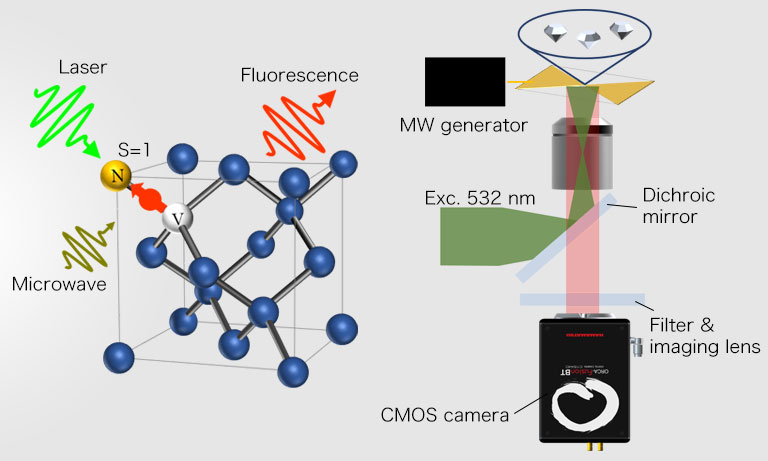
Figure 1. Experimental setup using nitrogen vacancy
Are there other resources for learning more about quantum sensing?
Check out some of our past webinars.
- Quantum sensing in atomic and solid-state systems, presented by Prof. Jennifer Choy, Ph.D., of the University of Wisconsin-Madison
- Quantum sensing: Probing biological systems in a new light, presented by Prof. Peter Maurer from University of Chicago, Pritzker School of Molecular Engineering
Another resource is WIRED Magazine's video on quantum sensing, presented by Prof. Chandrasekhar Ramanathan of Dartmouth College.
References
[1] Brown, K., Kim, J. & Monroe, C. Co-designing a scalable quantum computer with trapped atomic ions. npj Quantum Inf 2, 16034 (2016). https://doi.org/10.1038/npjqi.2016.34.
[2] T. Hausken et al., “OIDA Quantum Photonics Roadmap,” OSA Industry Development Associates Report, 2020.
[3] M. Barbiero, S. Castelletto, and M. Gu, “Multi-focal laser fabrication of nitrogen vacancy centres in a bulk diamond,” OSA Continuum 3(12), 3416–3423 (2020).
[4] F. M. Stürner et al., “Integrated and portable magnetometer based on nitrogen-vacancy ensembles in diamond,” Adv. Quantum Technol., vol. 4, no. 4, Apr. 2021, Art. no. 2000111.
[5] Jeong Hyun Shim, Seong-Joo Lee, Santosh Ghimire, Ju Il Hwang, Kwang-Geol Lee, Kiwoong Kim, Matthew J. Turner, Connor A. Hart, Ronald L. Walsworth, and Sangwon Oh. Multiplexed sensing of magnetic field and temperature in real time using a nitrogen vacancy spin ensemble in diamond. Phys. Rev. Applied, 17(1):014009, January 2022.
[6] Chen Y, Balasubramanian P, Cai Y, et al. Quantum calibration of multi-pixel photon counter and its application in high-sensitivity magnetometry with NV center ensemble. IEEE J Sel Top Quantum Electron. 2020;26(3):1-7. https://doi.org/10.1109/JSTQE.2020.2991432.
[7] Basso L., Sacco M., Bazzanella N., Cazzanelli M., Barge A., Orlandi M., Bifone A., Miotello A. Laser-Synthesis of NV-Centers-Enriched Nanodiamonds: Effect of Different Nitrogen Sources. Micromachines. 2020;11:579. doi: 10.3390/mi11060579
If you have a technical question you’d like to see answered on this page, email us.
Meet the engineer

Klea Dhimitri is an applications engineer out of Hamamatsu’s office in Bridgewater, NJ, where she focuses on product offerings for emerging quantum technology applications that utilize photonics. Her expertise includes photodetectors such as photomultiplier tubes (PMTs), SPPC (SPAD), MPPC (SiPM), photodiodes, and avalanche photodiodes (APD), as well as their role in quantum applications. Klea leads Hamamatsu's efforts in bringing our R&D from Japan together with researchers and early adopters in North America to provide a range of photonic solutions, from detectors to light modulators to cameras, for the current and future quantum landscape. She also manages Hamamatsu Corporation’s engagement and activities in North American quantum hubs like Chicago Quantum Exchange (CQE). In her spare time, she enjoys endurance-based sports such as running and biking, and is currently training to run her first marathon in the fall.
- Confirmation
-
It looks like you're in the . If this is not your location, please select the correct region or country below.
You're headed to Hamamatsu Photonics website for US (English). If you want to view an other country's site, the optimized information will be provided by selecting options below.
In order to use this website comfortably, we use cookies. For cookie details please see our cookie policy.
- Cookie Policy
-
This website or its third-party tools use cookies, which are necessary to its functioning and required to achieve the purposes illustrated in this cookie policy. By closing the cookie warning banner, scrolling the page, clicking a link or continuing to browse otherwise, you agree to the use of cookies.
Hamamatsu uses cookies in order to enhance your experience on our website and ensure that our website functions.
You can visit this page at any time to learn more about cookies, get the most up to date information on how we use cookies and manage your cookie settings. We will not use cookies for any purpose other than the ones stated, but please note that we reserve the right to update our cookies.
1. What are cookies?
For modern websites to work according to visitor’s expectations, they need to collect certain basic information about visitors. To do this, a site will create small text files which are placed on visitor’s devices (computer or mobile) - these files are known as cookies when you access a website. Cookies are used in order to make websites function and work efficiently. Cookies are uniquely assigned to each visitor and can only be read by a web server in the domain that issued the cookie to the visitor. Cookies cannot be used to run programs or deliver viruses to a visitor’s device.
Cookies do various jobs which make the visitor’s experience of the internet much smoother and more interactive. For instance, cookies are used to remember the visitor’s preferences on sites they visit often, to remember language preference and to help navigate between pages more efficiently. Much, though not all, of the data collected is anonymous, though some of it is designed to detect browsing patterns and approximate geographical location to improve the visitor experience.
Certain type of cookies may require the data subject’s consent before storing them on the computer.
2. What are the different types of cookies?
This website uses two types of cookies:
- First party cookies. For our website, the first party cookies are controlled and maintained by Hamamatsu. No other parties have access to these cookies.
- Third party cookies. These cookies are implemented by organizations outside Hamamatsu. We do not have access to the data in these cookies, but we use these cookies to improve the overall website experience.
3. How do we use cookies?
This website uses cookies for following purposes:
- Certain cookies are necessary for our website to function. These are strictly necessary cookies and are required to enable website access, support navigation or provide relevant content. These cookies direct you to the correct region or country, and support security and ecommerce. Strictly necessary cookies also enforce your privacy preferences. Without these strictly necessary cookies, much of our website will not function.
- Analytics cookies are used to track website usage. This data enables us to improve our website usability, performance and website administration. In our analytics cookies, we do not store any personal identifying information.
- Functionality cookies. These are used to recognize you when you return to our website. This enables us to personalize our content for you, greet you by name and remember your preferences (for example, your choice of language or region).
- These cookies record your visit to our website, the pages you have visited and the links you have followed. We will use this information to make our website and the advertising displayed on it more relevant to your interests. We may also share this information with third parties for this purpose.
Cookies help us help you. Through the use of cookies, we learn what is important to our visitors and we develop and enhance website content and functionality to support your experience. Much of our website can be accessed if cookies are disabled, however certain website functions may not work. And, we believe your current and future visits will be enhanced if cookies are enabled.
4. Which cookies do we use?
There are two ways to manage cookie preferences.
- You can set your cookie preferences on your device or in your browser.
- You can set your cookie preferences at the website level.
If you don’t want to receive cookies, you can modify your browser so that it notifies you when cookies are sent to it or you can refuse cookies altogether. You can also delete cookies that have already been set.
If you wish to restrict or block web browser cookies which are set on your device then you can do this through your browser settings; the Help function within your browser should tell you how. Alternatively, you may wish to visit www.aboutcookies.org, which contains comprehensive information on how to do this on a wide variety of desktop browsers.
5. What are Internet tags and how do we use them with cookies?
Occasionally, we may use internet tags (also known as action tags, single-pixel GIFs, clear GIFs, invisible GIFs and 1-by-1 GIFs) at this site and may deploy these tags/cookies through a third-party advertising partner or a web analytical service partner which may be located and store the respective information (including your IP-address) in a foreign country. These tags/cookies are placed on both online advertisements that bring users to this site and on different pages of this site. We use this technology to measure the visitors' responses to our sites and the effectiveness of our advertising campaigns (including how many times a page is opened and which information is consulted) as well as to evaluate your use of this website. The third-party partner or the web analytical service partner may be able to collect data about visitors to our and other sites because of these internet tags/cookies, may compose reports regarding the website’s activity for us and may provide further services which are related to the use of the website and the internet. They may provide such information to other parties if there is a legal requirement that they do so, or if they hire the other parties to process information on their behalf.
If you would like more information about web tags and cookies associated with on-line advertising or to opt-out of third-party collection of this information, please visit the Network Advertising Initiative website http://www.networkadvertising.org.
6. Analytics and Advertisement Cookies
We use third-party cookies (such as Google Analytics) to track visitors on our website, to get reports about how visitors use the website and to inform, optimize and serve ads based on someone's past visits to our website.
You may opt-out of Google Analytics cookies by the websites provided by Google:
https://tools.google.com/dlpage/gaoptout?hl=en
As provided in this Privacy Policy (Article 5), you can learn more about opt-out cookies by the website provided by Network Advertising Initiative:
http://www.networkadvertising.org
We inform you that in such case you will not be able to wholly use all functions of our website.
Close

